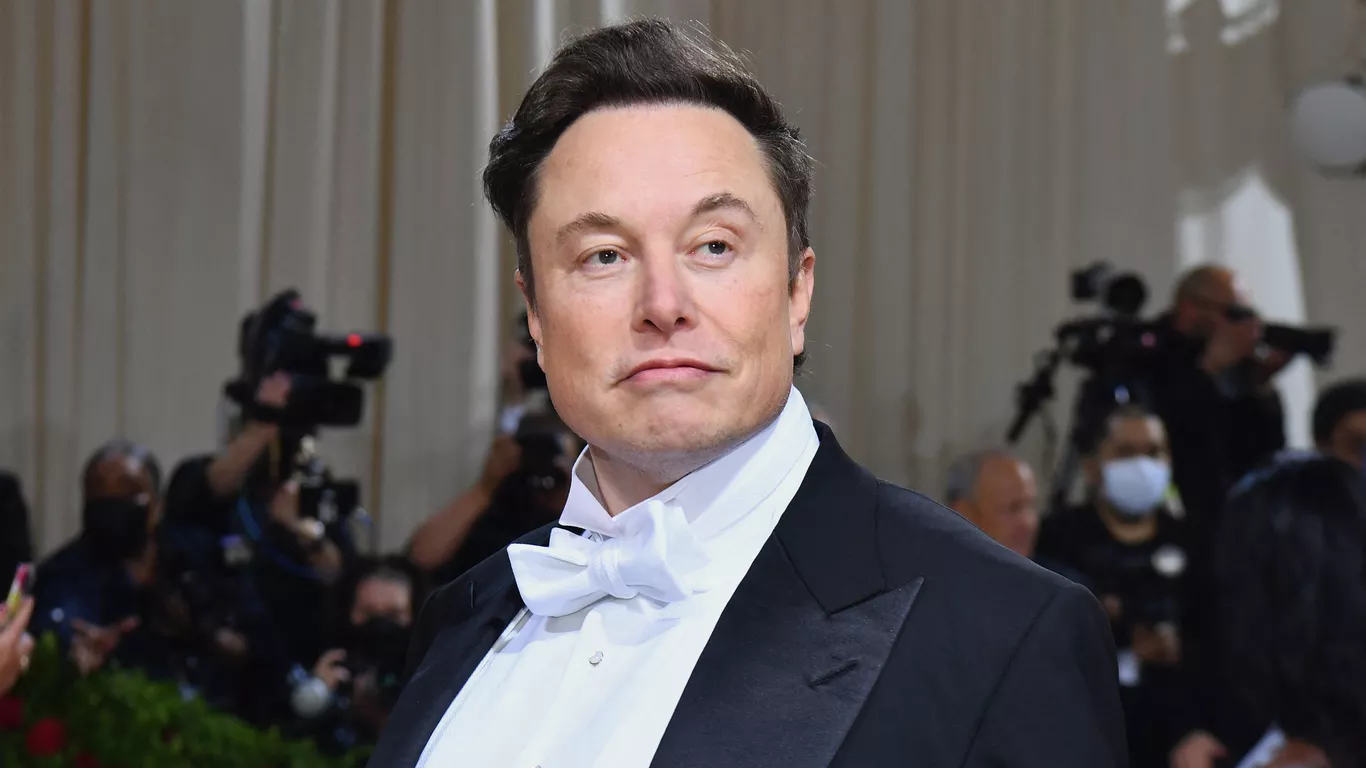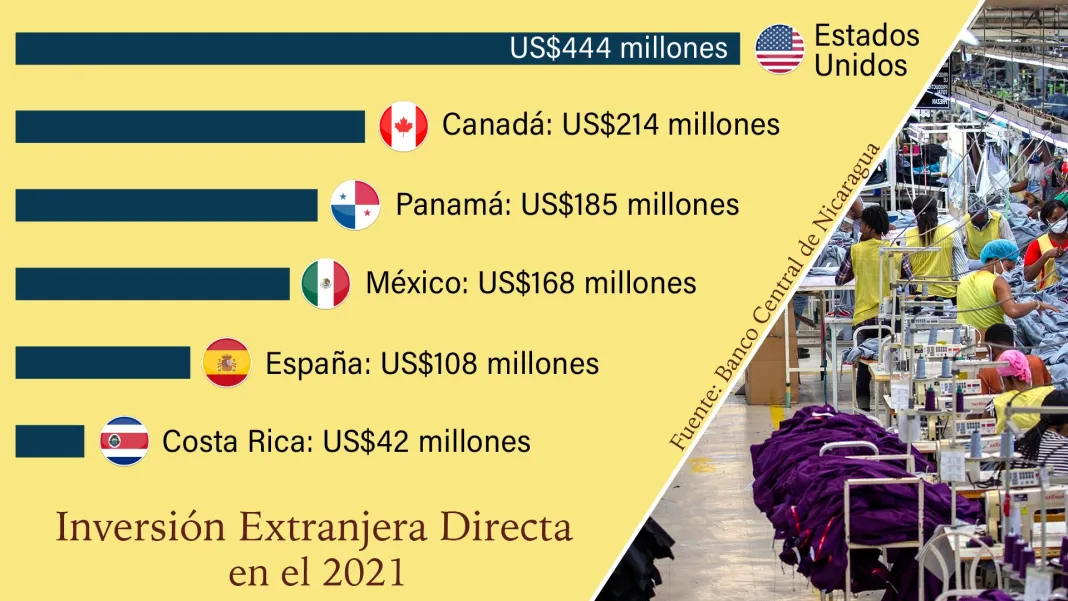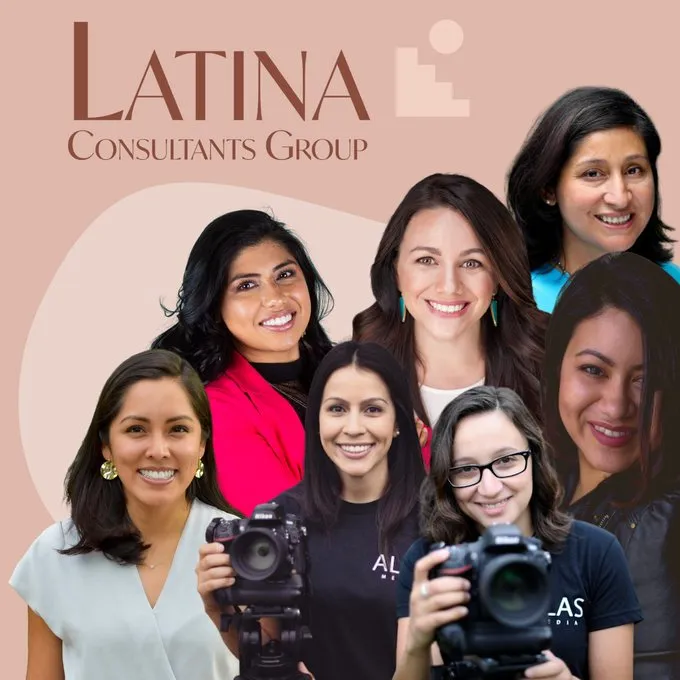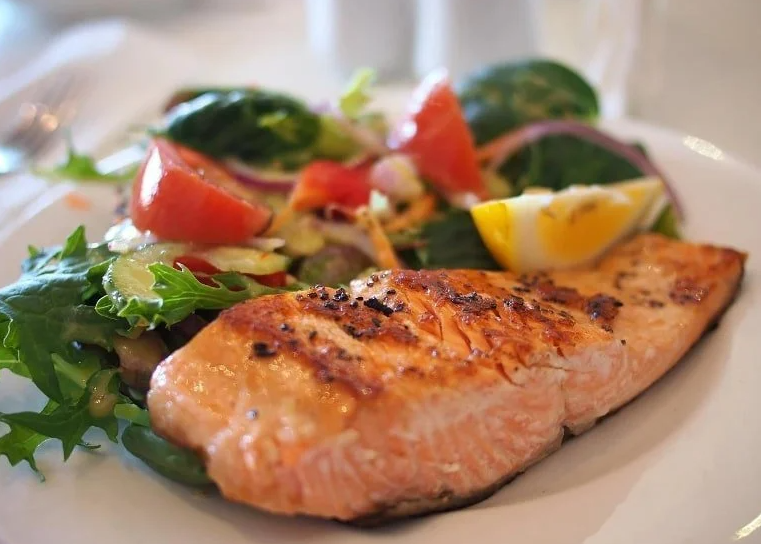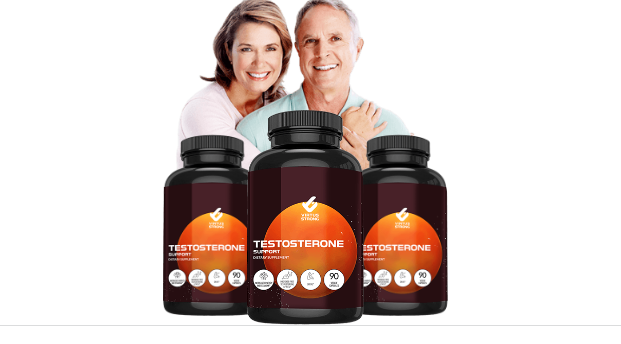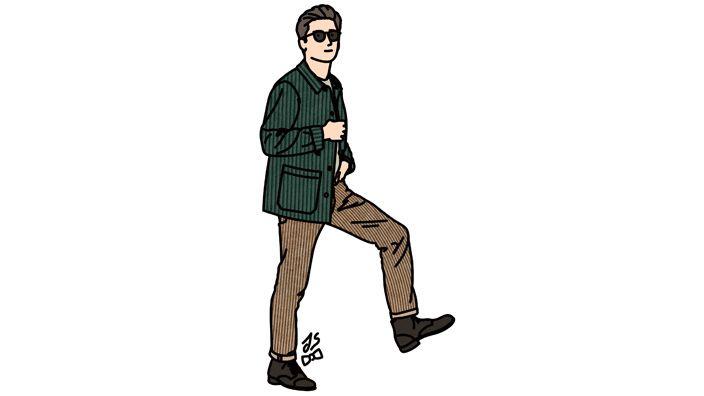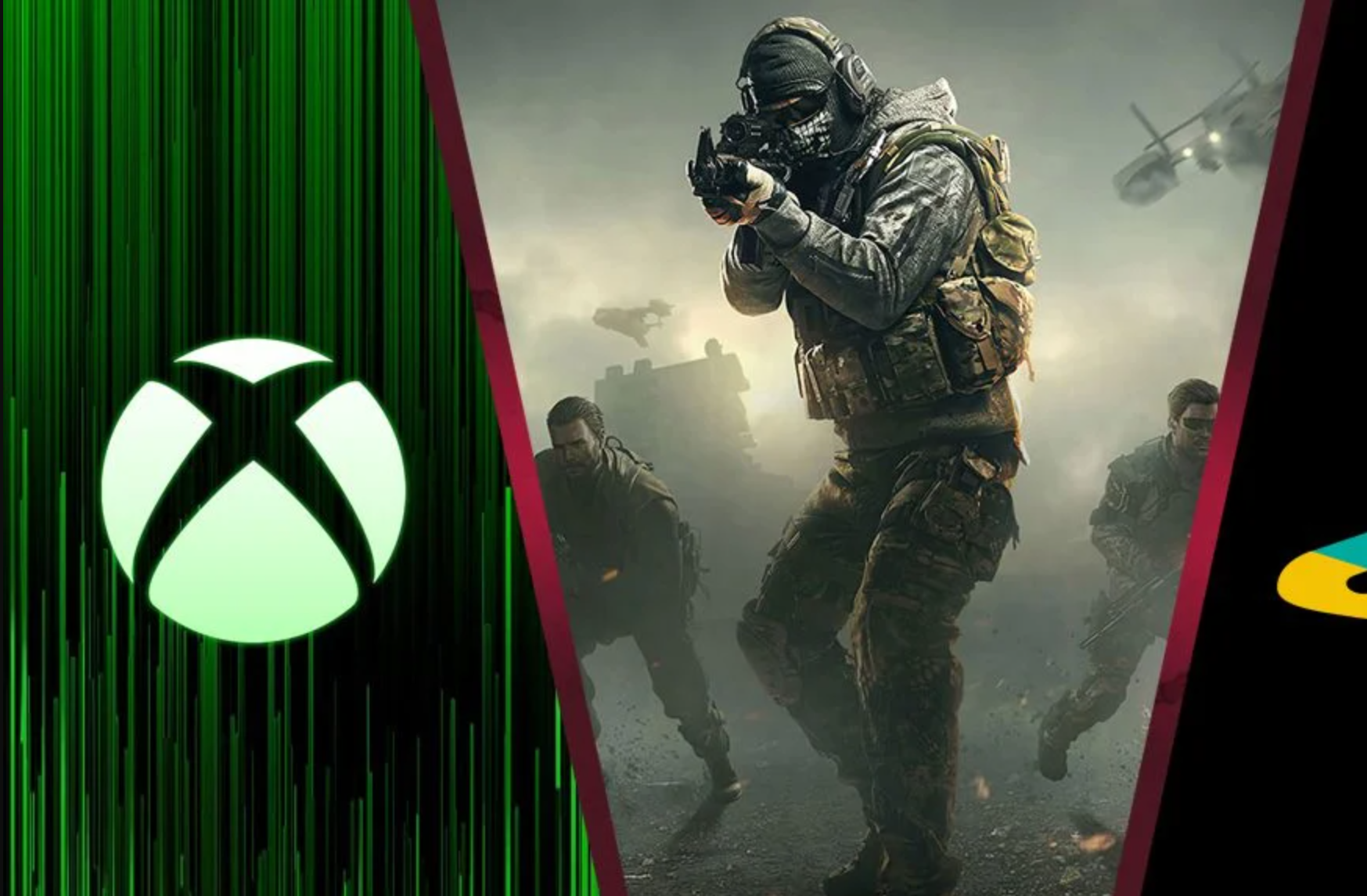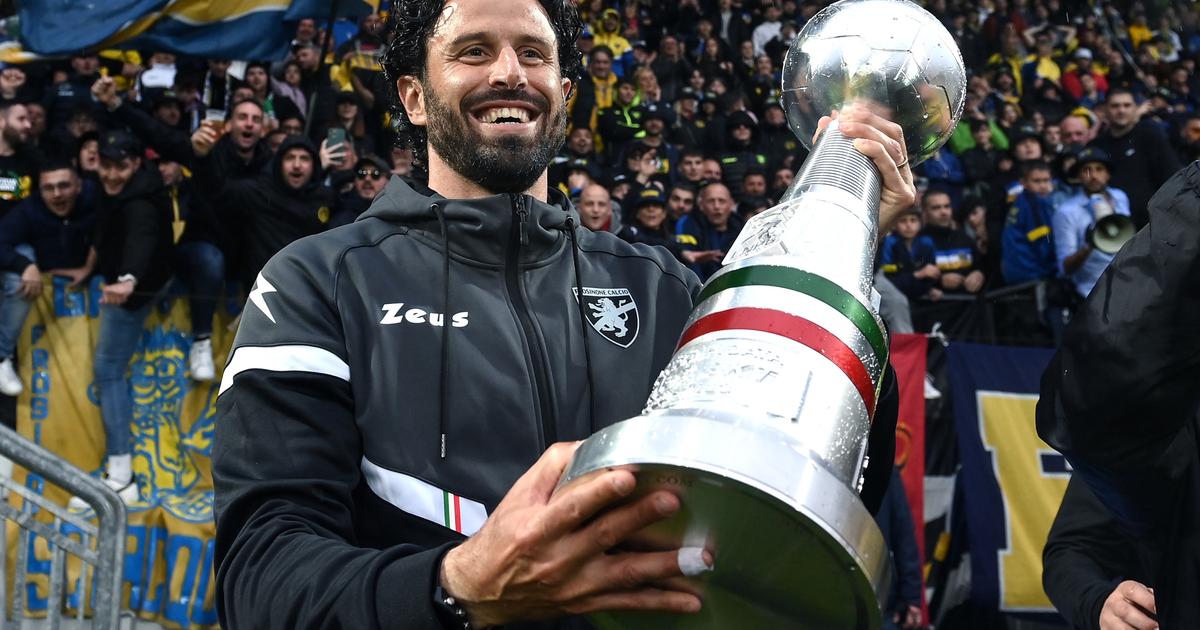Since the beginning of the pandemic, Luz Gallegos and her team of 56 immigrant advocates have battled the scorching sun, illiteracy, and deadly propaganda in the fields and fruit trees of California’s Coachella Valley.
As they dispersed to educate farm workers on how to protect themselves from COVID-19, they quickly learned that rumors and misinformation often make up much of the news that area farmworkers receive about the disease.
The need for booster vaccines, and the looming threat of the omicron variant, have made communication about COVID-19 more challenging.
“Now, we are eradicating the myths about the reinforcements. It’s like an endless story, ” said Gallegos, executive director of the Coachella-based TODEC (Training Occupational Development Educating Communities) Legal Center.
Gallegos and his team meet in the mornings to discuss a strategy on how to “dilute” misinformation before it spreads. “Once we start hearing rumors, we try to get ahead of ourselves and create messages to discredit them before they start penetrating the fields like they did when we started vaccinating in January.”
In January, word spread that vaccination against COVID-19 was leaving you sterile. Now, people hear from their friends or on social media that vaccines can turn them into monkeys, change their gender, or clone them.
Gallegos and Riverside County health workers organized earlier this year to bring vaccines directly into the arms of most farmworkers in the valley, where dates, citrus, and grapes are the dominant crops. This has made life easier for some of their team of TODEC employees and volunteers.
“People who got vaccinated, they feel like they’re still here, they’re still alive,” he said. “Now people see science.”
But the equity issues that were evident in the first round of vaccines are more apparent now, including access to healthcare, language barriers, and misinformation, Gallegos said. Some workers do not understand why they need a follow-up vaccination. Others recently arrived immigrants who were never vaccinated.
Community health organizations have struggled to provide booster shots for the Latino community, whose members account for more than half of the covid cases in California.
According to the Centers for Disease Control and Prevention (CDC), by September, about 80% of eligible Latinos had received at least one dose, the same rate as non-Hispanic whites. But of the 23.4 million people 65 and older who had received a booster dose by December 13, only 7.8% were Latino (making up nearly 10% of that age group). Latinos of other ages did not receive much reinforcement either.
“Latinos don’t know who to turn to for accurate information,” said Gilberto Lopez, an assistant professor at Arizona State University who has been working on vaccine communication. “The government has not been doing the best job, the big national television channels have not done a good job and the community organizations are working at a hyperlocal level.”
One basic problem: Credible information about vaccines and the science behind them is not available in Spanish or other languages, said Dr. Yelba Castellón-López, assistant clinical professor of family medicine at UCLA Health. “People are afraid of contracting the virus in healthcare settings. Many avoided seeking care even when they were sick for fear of being put on ventilators, for fear of never leaving the hospital. “
The county has partnered with TODEC to send healthcare providers to the fields and hold open vaccination and booster clinics on Fridays. This response to immigrants’ fears of going to the doctor and their concerns that the side effects of the vaccine will cause them to miss work, he said.
“Fridays actually give them a chance to recover,” Gallegos said.
Castellón-López has been conducting webinars for patients and community members to dispel myths and explain the changing reality of the covid epidemic. “What we are learning about covid is changing every day and that makes it difficult,” he said. “I think people appreciate having access to doctors who look like them and who speak their language.”
Disinformation on Spanish AM radios, social media, and messaging apps like WhatsApp is fueling persistent vaccinations among Latinos, according to a recent survey by Change Research and the Latino Anti-Disinformation Lab. It found that nearly 4 out of 10 respondents had seen information that made them think that covid vaccines were not safe or effective.
Latino educators seek to root out deceptive propaganda with accurate, easy-to-understand, and culturally relevant information.
Lopez of Arizona State University created the Covid Health Animation Project, which makes cartoons addressing misinformation about Covid-19. But he thinks health communicators need to inject some “obscenity” into their scripts to get people’s attention.
“The type of comedy, the type of message, the writing that we use, is rated G,” Lopez said. He just posted an animation that drops some bad words here and there. “This is how this population speaks. We need to use some of the languages that they use to reach the community that is not getting vaccinated. “
Language barriers remain an ongoing problem, especially for indigenous language speakers, said Odilia Romero, executive director of Indigenous Communities in Leadership (CIELO), a Los Angeles nonprofit organization.
Pablo Ek Oxted, a 52-year-old plumber from a small town in Mexico’s Yucatán, rolled up his sleeves for a booster injection on a recent Saturday morning after learning about the vaccine clinic in a public service announcement produced by CIELO. in Maya, his native language. The group has posted a series of cartoons about vaccination in various indigenous languages on social media.

“I trusted the information from CIELO,” said Oxted, who has asthma and diabetes. Although he speaks some Spanish, “I appreciate the information in my language,” he said.
In Oxnard, California, Francisco Didier Ulloa and Bernardino Almazán host a program on Radio Indígena in Spanish and Mixteco, an indigenous Mexican language.
“Many of our indigenous brothers do not speak Spanish, so it was necessary to transmit the information in a way that they could hear and understand,” Ulloa said.
The Los Angeles County Department of Public Health has increased its memes on social media and is testing strategies to reduce the vaccination gap between non-Hispanic white residents and Latinos. The state partnered with political cartoonist Lalo Alcaraz to create a series of cartoons and animations promoting vaccination and information on booster doses.
“We want people to see themselves and their families reflected in these images and think twice about their own family’s situation,” Alcaraz said. “Maybe it will change their mind about the vaccine.”











